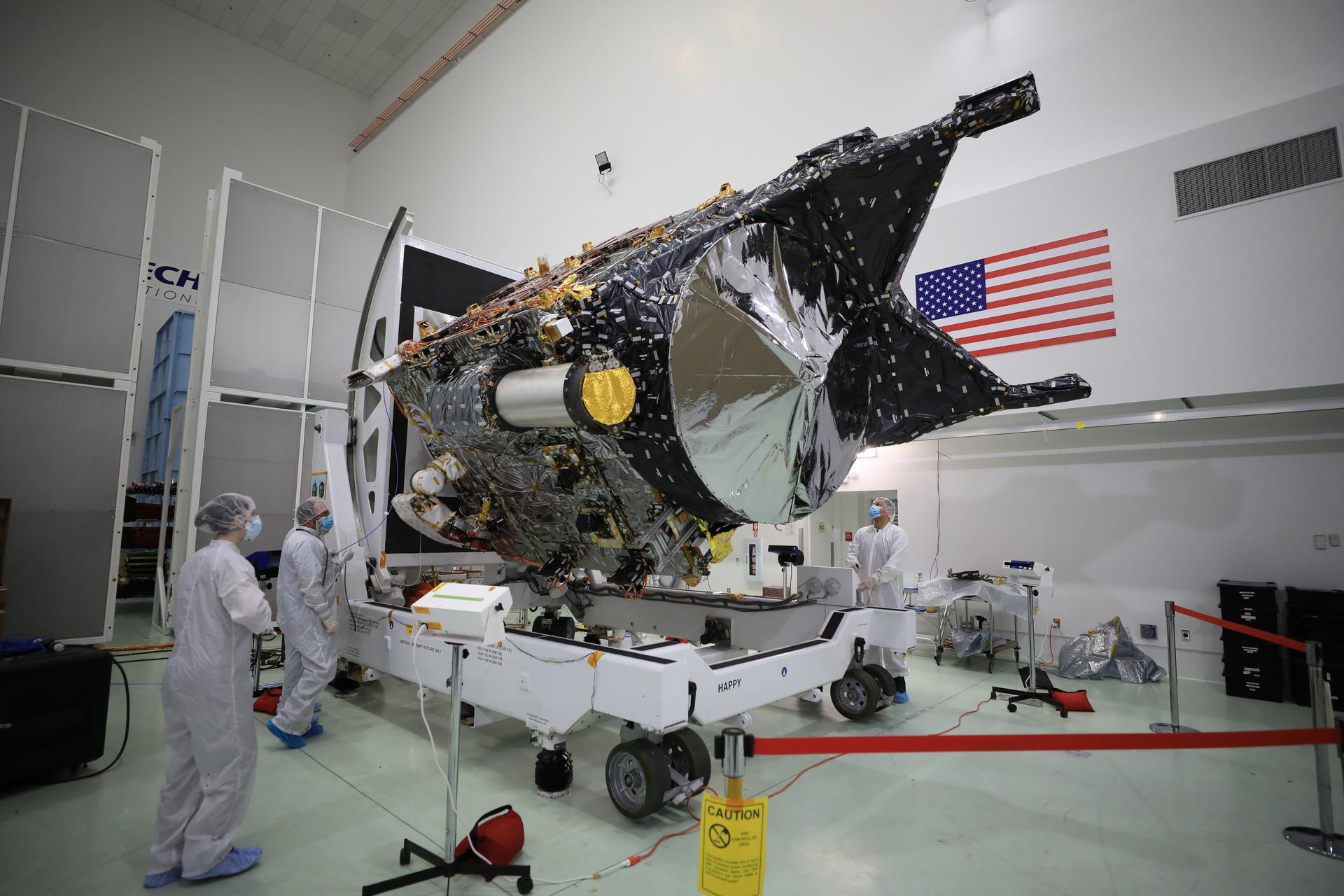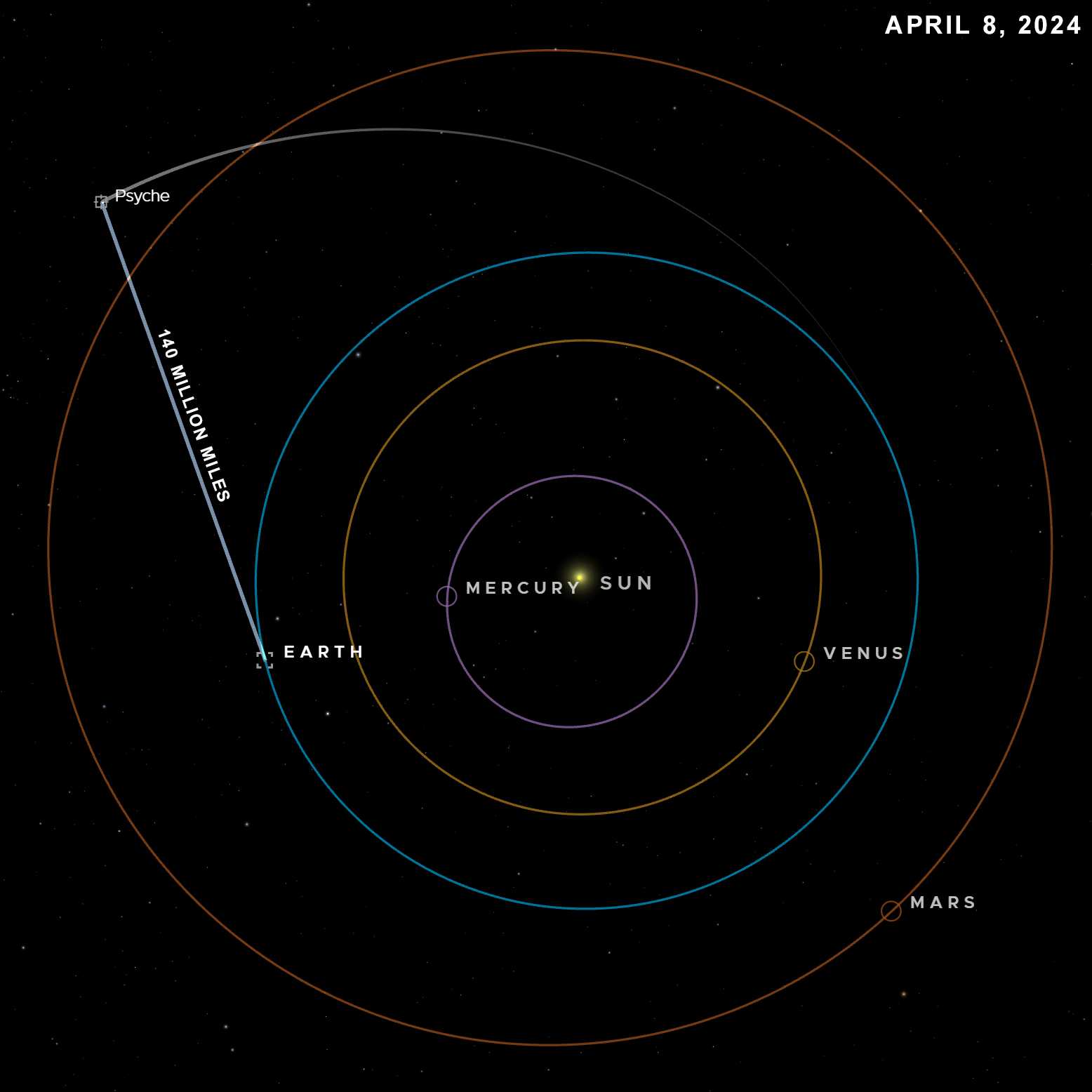NASA’s experimental laser communication system installed on the Psyche spacecraft has reached another important stage. Recently, it was used to transmit data from Psyche over a distance of more than 226 million kilometers.

The optical communication system, known as Deep Space Optical Communications (DSOC), was previously used for test data. The spacecraft even sent a video of a cat to check if it was possible to use laser communication in addition to conventional radio communication. But since this technology is experimental, the Psyche spacecraft has its own radio communication system, which it used to transmit its scientific data. Now DSOC has been able to interact with Psyche systems and send engineering data back to Earth.
“We downlinked about 10 minutes of duplicated spacecraft data during a pass on April 8. This represents a significant milestone for the project by showing how optical communications can interface with a spacecraft’s radio frequency comms system,” said Meera Srinivasan, project manager at NASA’s Jet Propulsion Laboratory.
The data is duplicated in order not to lose data in case of problems with the laser system. However, recent tests have shown that DSOC can transmit data at a higher speed than expected. Although the speed decreases with distance from Earth, the system was able to send data at a speed of 25 Mbit/s, even when the spacecraft was far from our planet.

It also turned out that it was possible to use radio and laser communication systems on Psyche at the same time. The radio data was transmitted to the Deep Space Network, and the laser data was received by the Hale Telescope at the Palomar Observatory of the California Institute of Technology in Los Angeles.
Laser communication systems have the potential to transmit 10-100 times more data than traditional radio communications. With the increasing complexity of space missions and the increasing amount of data that needs to be transmitted to Earth, laser technology may become an important solution. Future space missions will probably use laser systems for more efficient communication, and the receiving antennas will be upgraded to receive both types of signals — radio and laser.
Earlier, we reported on how the researcher of the metallic asteroid sent the first picture.
According to NASA
Follow us on Twitter to get the most interesting space news in time
https://twitter.com/ust_magazine


